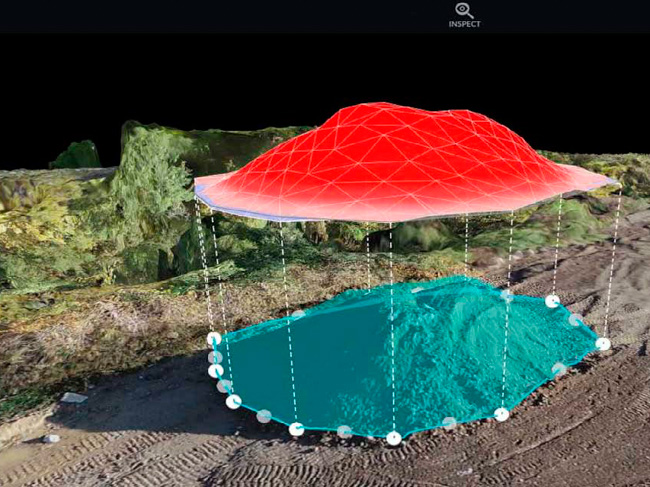Ever feel like your job site is a maze of inefficiencies? Workers crisscrossing paths, equipment idling in the wrong spots, and materials not where they need to be. All adding up to wasted time and money. Enter the dynamic duo: drones and artificial intelligence. By capturing aerial data and analyzing movement patterns, this tech combo offers a bird’s-eye view of your site’s operations, pinpointing bottlenecks and suggesting smarter layouts.
Imagine drones conducting regular mapping missions, collecting real-time data on worker and machinery movements. AI algorithms then process this information, identifying patterns and inefficiencies that might go unnoticed on the ground. For instance, AI can reveal that certain equipment is consistently underutilized or that specific pathways are causing delays. By addressing these insights, construction firms can enhance productivity and reduce operational costs.
The results speak for themselves. Studies indicate that integrating drone technology and AI analytics can lead to significant improvements in site efficiency and safety. By proactively managing workflows and layouts, construction companies not only boost productivity but also create safer work environments. At Drone Brothers, we’re committed to helping you harness these technologies to transform your construction site into a model of efficiency and innovation.
Construction companies face significant financial losses due to inefficiencies in workflow and productivity. While exact figures vary, several statistics highlight the impact:
Budget and Schedule Overruns: A KPMG report indicates that 40% of engineering and construction firms experienced schedule delays or cost impacts exceeding 20% in 2023, often due to ineffective risk management. Tool Tracking Software
Stagnant Productivity Growth: Globally, construction labor productivity has averaged only 1% annual growth, lagging behind other sectors. Attotime
These inefficiencies not only inflate project costs but also contribute to disputes and potential liability issues. Implementing technologies like drone mapping can aid in early detection of potential issues, thorough documentation of site conditions, and efficient monitoring of safety compliance. These measures not only help in mitigating risks but can also lead to reduced insurance premiums over time by demonstrating a commitment to safety and risk management to insurers.




0 Comments